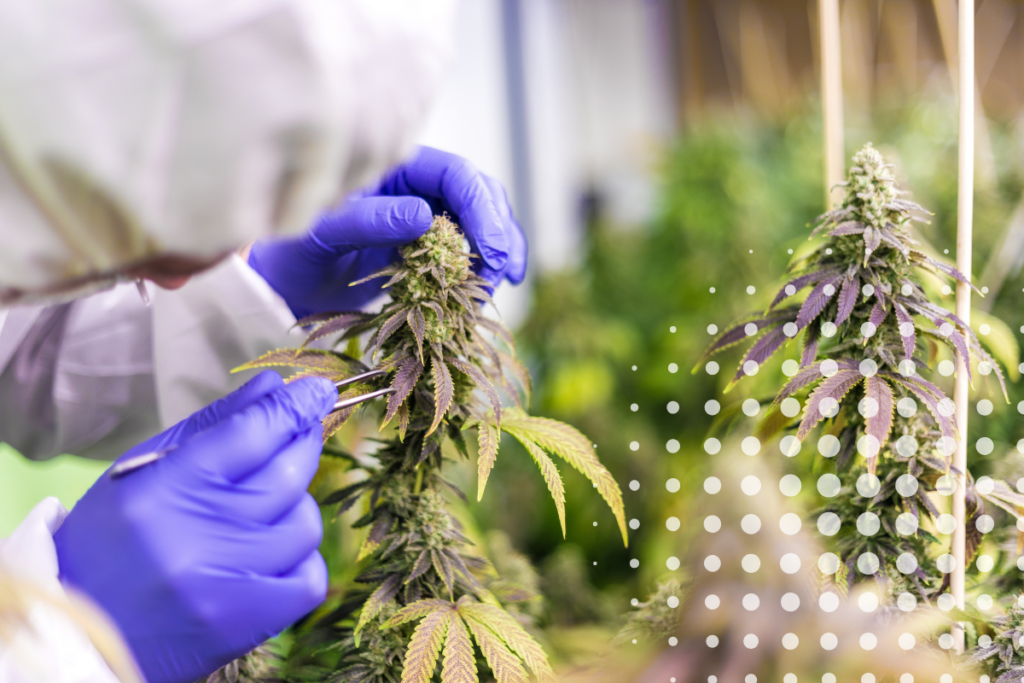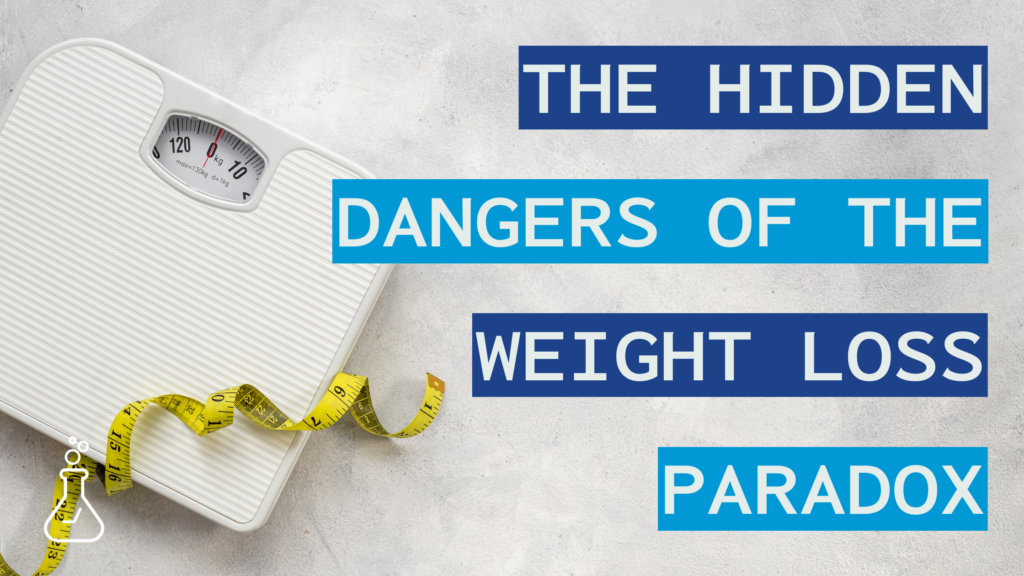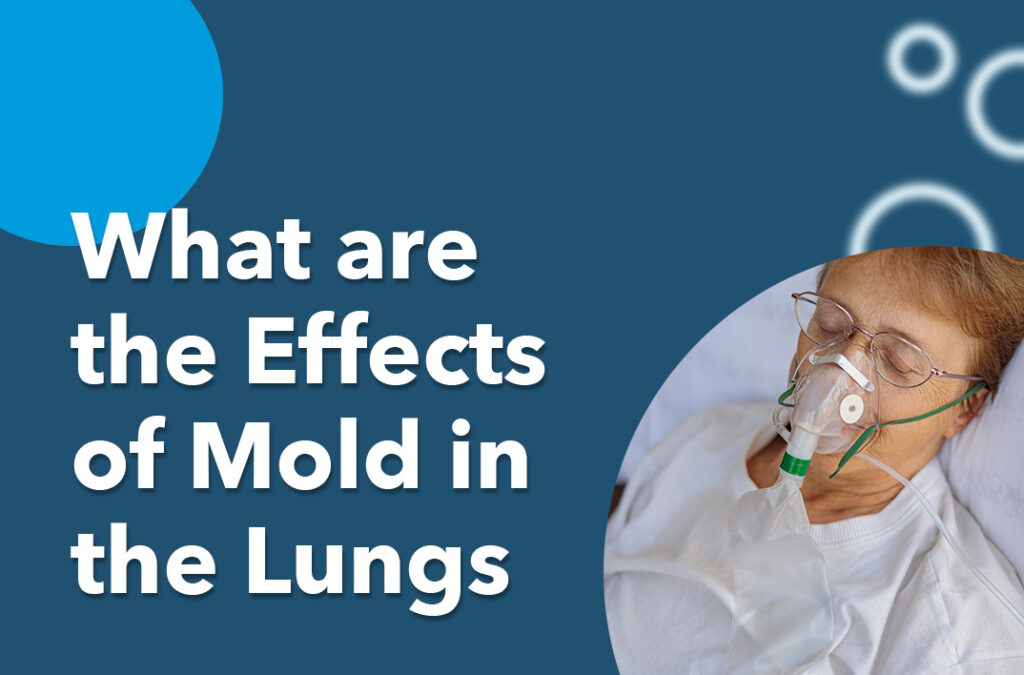Mycotoxin Panel
The RealTime Labs mycotoxin test detects 16 different mycotoxins, including 9 macrocyclic trichothecenes. Testing is done using the most up to date scientific methods to assure patients receive clear and comprehensive results.
Kit Components:
| Requisition Form | Biohazard Bag |
| Credit Card Authorization Form | Plastic Transport Tube with Cap |
| Instructions for Specimen Collection | Specimen Holding Box |
| Conical Collection Cup | Absorbent Pad |
| Pre-Addressed Shipping Sleeve |
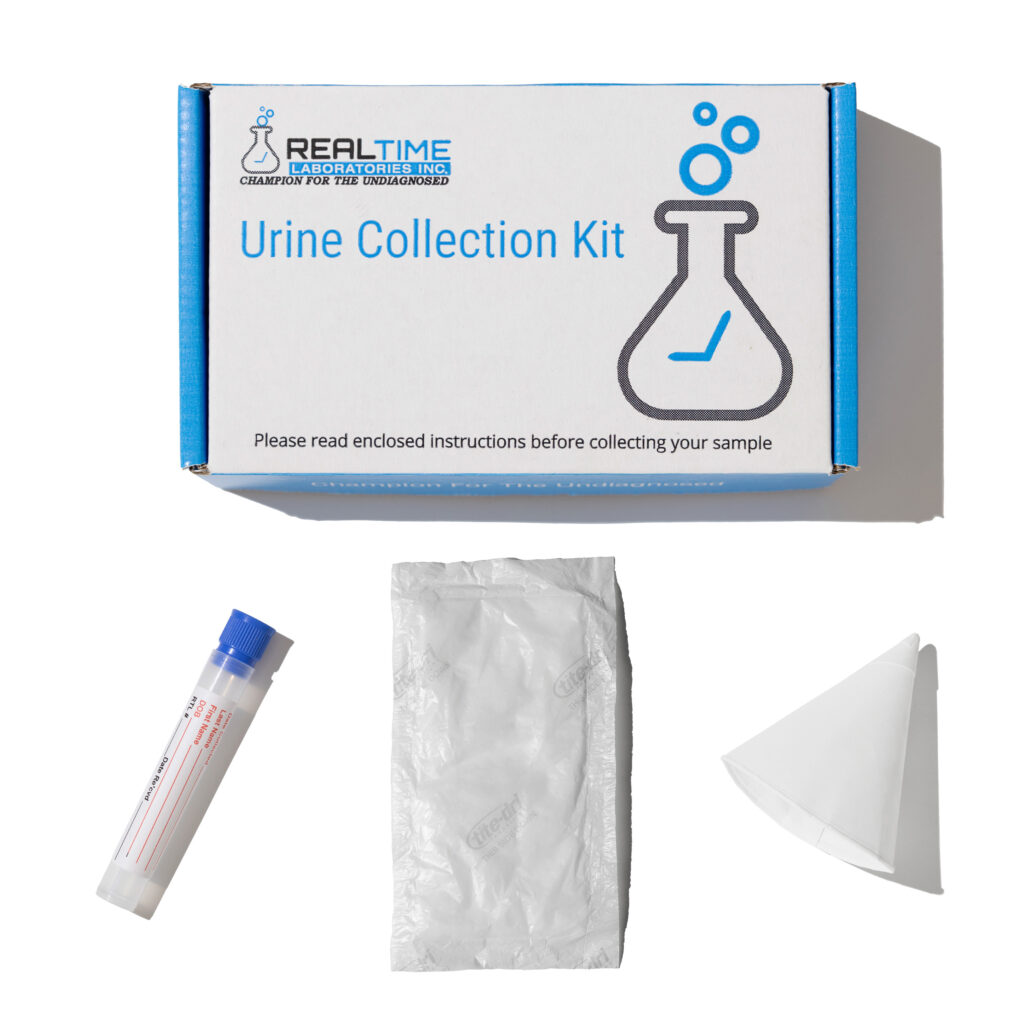
Price: $399
TAT: 7-10 Business Days
Sample Type: Urine
What Are Mycotoxins?
Mycotoxins are toxic metabolites produced by fungal organisms, commonly known as molds. Mycotoxins are well documented in high quality peer-reviewed scientific journals to have a wide array of toxic effects in humans. RealTime Laboratories’ dedicated team of doctors and scientists have thoroughly researched these compounds and determined the most clinically significant mycotoxins and secondary metabolites for testing.
Building upon this research, RealTime Laboratories utilizes a semi-quantitative competitive ELISA platform to determine the presence of 16 clinically significant mycotoxins
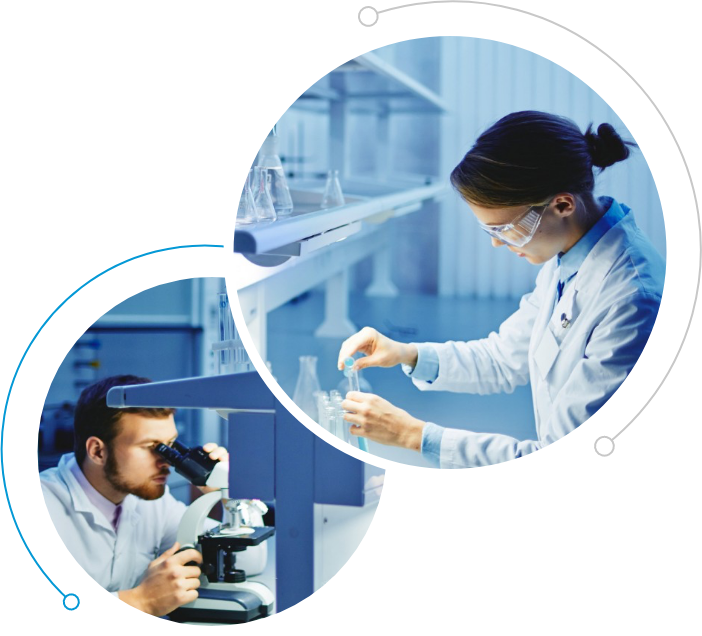
Mycotoxin
Known Health Effects
About the Panel
RealTime Lab’s Total Mycotoxin Panel detects sixteen of the most toxigenic mycotoxins, including 9 macrocyclic trichothecenes that have been proven to be caused by Stachybotrys, otherwise known as “Black Mold.” Testing is done using competitive ELISA, a highly sensitive detection method that uses antibodies prepared against mycotoxins.
All mycotoxin testing results are displayed in an easy-to-understand, numeric format, showing detection levels in parts-per-billion (ppb) as standardized by the FDA, WHO, CDC and Food industry for clinical use. Results also tell if the toxins in the sample were present, not present, or equivocal, along with ranges of detection for each.

Order Now
Price: $399
Results: 7-10 Business Days
What We Test For

Why a mycotoxin urine test?
We primarily test for mycotoxins through a patient’s urine since it is non-invasive and the most stable option. We do have an option to test mycotoxins using a tissue sample.
Questions on how to use your kit?
Check out the video!
Frequently Asked Questions
How do I order the test?
- You may order the test for yourself directly through the website.
- A physician can order the test for you. Visit our “Find a Provider” search feature to find physicians in your area who have already partnered with us.
- Your current doctor can partner with us to order the test on your behalf. They will need to submit a request through our website. There is no cost to them, and we will ship the kit directly to the patient(s). We offer complimentary clinician-to-clinician consultations to assist medical professionals with interpreting results.
Do you refund the tests?
Refunds for tests purchased from the RealTime Labs website for US and Canada are refunded at 75% of the purchase price, refunds will not be provided for international orders. Refund requests must be sent to clientservices@realtimelab.com within 21 days of the date of purchase and occur prior to the specimen/sample being sent. Once the specimen or sample has been placed into the shipping companies custody and/or the date is more than 21 days from the date of purchase, we will no longer be able to process refund requests.
How can mycotoxins be detected?
Mycotoxins can be detected with urine or home dust sample using one of our mycotoxin test kits.




